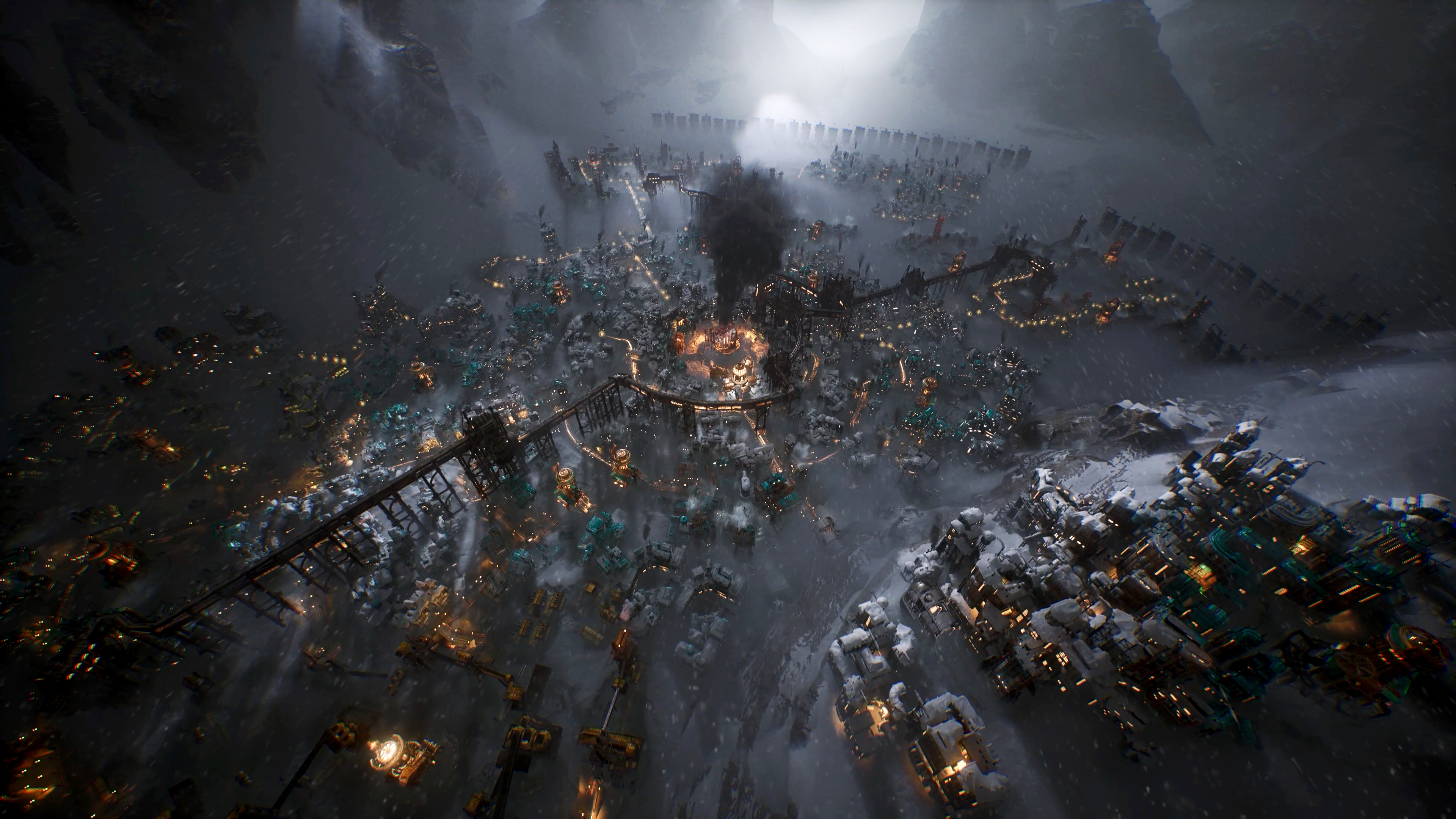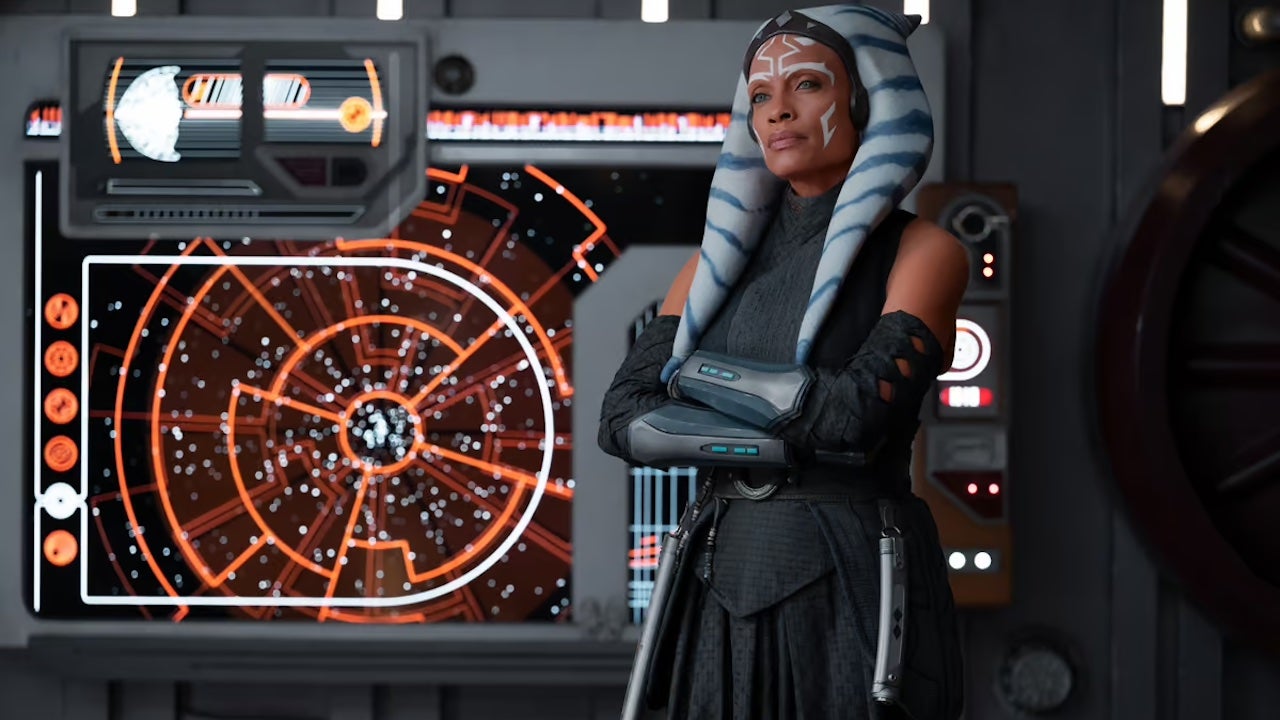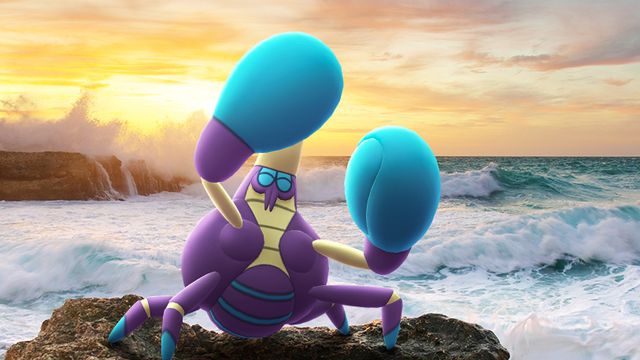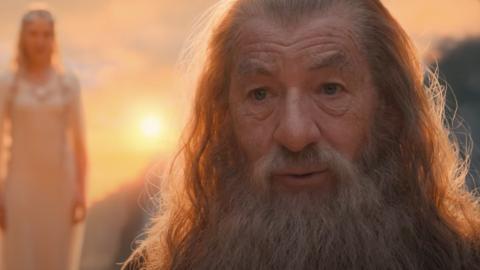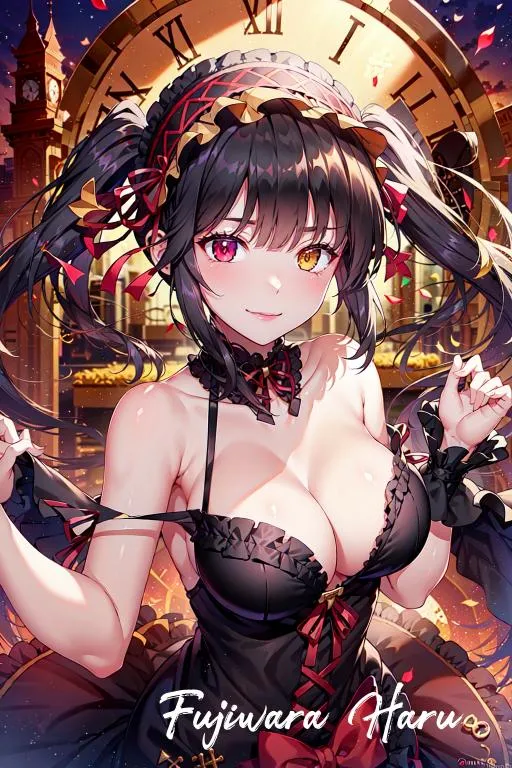
Frostpunk, the 2018 post-apocalyptic city-builder, dominated my every waking thought when I first started playing it — at this point I’ve sunk almost 90 hours into the game. But, after 15 hours of playing the sequel, I have to say I’m disappointed. Frostpunk 2 doesn’t hit in the same way.
In Frostpunk, every decision you make has swift and tangible consequences. After all, you’re working every day to ensure your city survives plummeting temperatures and dwindling resources. Not enough coal to keep the heat on overnight? People die. Not enough food to feed your citizens? People die. While this is still the case in Frostpunk 2, in order to move the storyline forward and not just make a “Frostpunk 1.5,” developer 11 bit studios took a more macro approach to the sequel. This is, in part, the game’s downfall.
Frostpunk 2 is set 30 years after the original. The city has survived and is growing rapidly — think thousands of people, not just hundreds. Because of this, its citizens have broken into factions to make their hopes for the future clear. It’s the player’s job to navigate these different factions and their ideas to ensure people survive and are happy — or risk banishment.

The new macro approach comes with major changes. Frostpunk 2’s council system allows delegates of each faction to vote for or against laws that the player proposes, depending on how they line up with their ideology. The player can also negotiate with factions to secure their vote by promising them something they want. Compare this to Frostpunk, where players could sign laws into being without input from the people.
There’s greater scope to this sequel, too. In Frostpunk 2, the player is working across a time span of weeks instead of individual days to show how these decisions affect the city on a wider scale. Instead of placing individual buildings and assigning workers to them as you would in Frostpunk, players with enough resources and workforce can build districts that automatically collect resources.
In Frostpunk, a little red icon in the center of the UI tells players how many sick citizens they have — including how many are critical — and how many are currently being treated in hospitals. Players can then address the growing number of sick in various ways, depending on what could be causing it: for example, increasing the heat range on the generator, ensuring everyone is fed, or building more hospitals to meet the capacity demand. If a citizen dies, discontent often rises immediately and hope falls slightly. Every individual death affects the player in some way.

Compare that to this example from Frostpunk 2: The player has added a few hospitals to various housing districts, but despite this there is a rolling pop-up in the bottom right of the screen. 109 people died — and then again, a few seconds later, and again. It’s not always clear why these people are dying (Is it the lack of food? The cold? A combination? Something else?) or how it affects the city — both in terms of workforce and citizen happiness. It’s a thing that’s happening, but because the player is focusing on the macro and time is speeding by, it’s hard to really care.
The weight of the choice is lost in how much there is to do and keep tabs on in Frostpunk 2’s complex UI. In Frostpunk, players face moral and ethical dilemmas on a regular basis — ones that really make them question who they are and what they’re willing to do for the city to survive. There are elements of that in Frostpunk 2, but they are few and far between when thinking about the scale of the game.
The first moral dilemma I ran into in Frostpunk 2 was in the Prologue (essentially the tutorial), and it immediately gave me the Frostpunk flashbacks I was looking for. Would I slaughter all the seals in a nearby colony or let the elders go to their deaths to ensure we had enough food to survive the incoming whiteout? Unfortunately, this was the first and last time a decision gave me pause. In Chapter 1, I could choose to employ children at the mines — and doing so could lead to a consequence down the line — but I just didn’t care in the same way, because it didn’t make as much of a difference whichever way I chose. Decisions just don’t seem to hold as much weight in Frostpunk 2.

Is Frostpunk 2 pretty? Yes. Is it worth playing? Sure. Does it have its flaws? Definitely. I think, in some ways, my deep love of Frostpunk set me up for disappointment here (not that that game was perfect either, mind you). Or maybe it’s the fact that politics is a huge part of Frostpunk 2 and I just don’t want to deal with it in-game right now with everything going on in the world. It could also be my current aversion to games that make me keep tabs on every little detail, across multiple screens, and how my changes could affect other elements down the line. Complexity is beyond my brain right now; maybe that’s why I only put 14 hours into Elden Ring. Frostpunk 2 also doesn’t give me the satisfaction of snapping individual buildings into place around the generator’s rings or filling a ring perfectly — something my brain loves.
All of that said, the grittier art style in Frostpunk 2 is beautiful, and building the game on Unreal Engine gives it a level of polish that leaves me wishing I could see the original in the same way. Frostpunk 2 was built on Unreal, in part, because 11 bit studios wanted to enable modding for the game. And honestly, that could be its saving grace.
I want to see what players do when given free reign. I want to see Frostpunk but as colonies on other planets, or as a floating steampunk society, or with dinosaurs (as the mod announcement trailer shows). Basically, just fix the issues with Frostpunk 2 and put it in unique settings, with scenarios and moral decisions based on that. Until then, I’ll go back and sink another day or two into the original.
Frostpunk 2 will be released Sept. 20 on PC, macOS, PlayStation 5, and Xbox Series X/S. The game was reviewed on PC using a pre-release download code provided by 11 bit studios. Vox Media has affiliate partnerships. These do not influence editorial content, though Vox Media may earn commissions for products purchased via affiliate links. You can find additional information about Polygon’s ethics policy here.
Source:https://www.polygon.com/review/451819/frostpunk-2